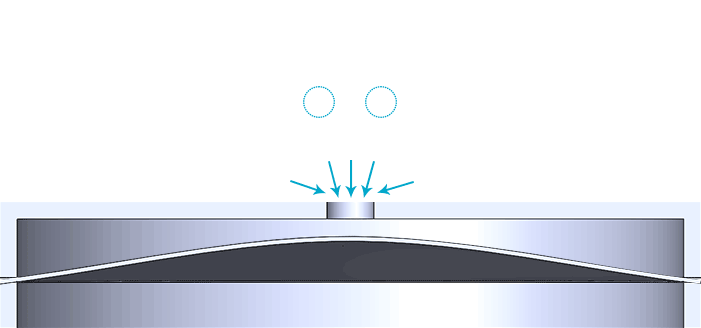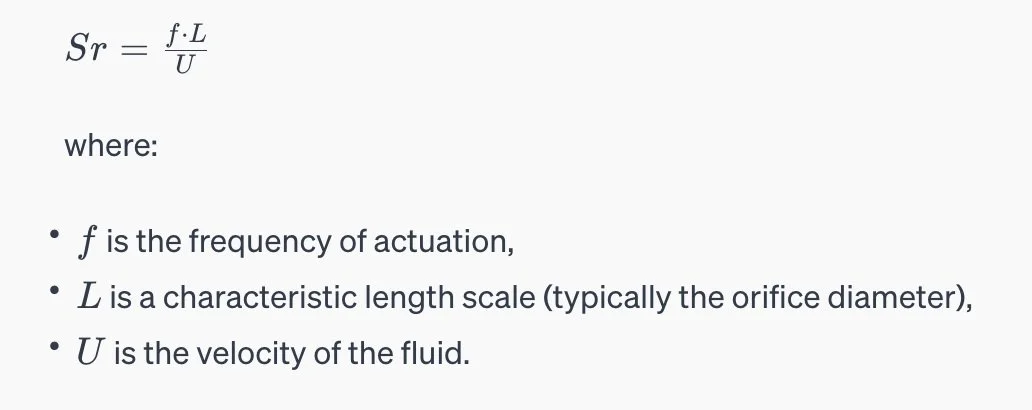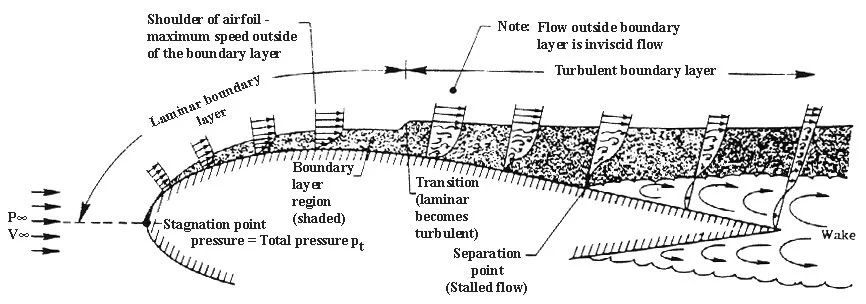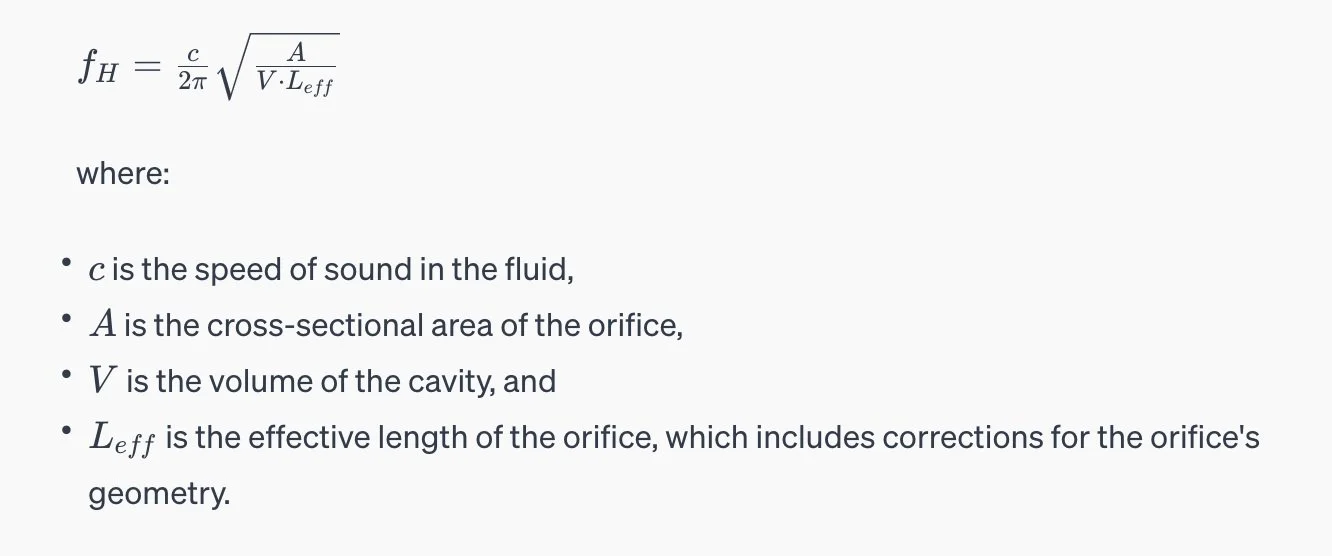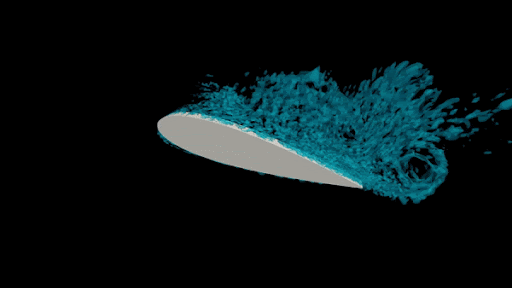What is a Synthetic Jet
Short Answer:
A synthetic jet is a unique fluid flow device that creates a jet-like airflow without requiring external air. It operates by oscillating a diaphragm inside a cavity, alternately sucking in and ejecting the surrounding air through a small orifice. This process generates a jet stream, effectively controlling airflow without the need for additional mass flow
The visuals provided above offer a foundational understanding of the operational mechanics behind Synthetic Jet Actuators (SJAs). For those seeking a deeper comprehension, the subsequent exposition delves into the intricate physics governing these devices. It elucidates the complex interplay of dynamic fluid forces, the nuances of acoustic resonance within the actuator cavity, and the precise conditions under which vortex structures are generated and sustained. This comprehensive analysis reveals the sophisticated nature of SJAs, providing insight into their potent capacity to manipulate and enhance fluid flow with precision and efficiency. Through a detailed exploration of the mathematical and physical principles at play, one gains a heightened appreciation for the technological ingenuity and potential applications of these remarkable fluidic devices.
The image below shows the various phenomena associated with the boundary layer on an airfoil, which is a central concept in aerodynamics crucial for understanding lift generation and airflow management. At the surface of the airfoil, the no-slip condition ensures that the air velocity is zero relative to the wing; as the air moves away from the surface, its velocity increases until reaching the free stream speed, unaffected by the airfoil.
The boundary layer can exhibit either laminar or turbulent flow characteristics. Laminar flow is characterized by smooth, orderly layers of air sliding over one another, while turbulent flow is marked by chaotic, irregular fluctuations. The transition from laminar to turbulent flow within the boundary layer is depicted, highlighting the point where the smooth flow becomes chaotic. Despite the increased drag associated with turbulence, this erratic flow pattern can be advantageous as it adheres to the airfoil's surface over a longer distance and under adverse pressure gradients, which helps in delaying flow separation and stall.
Bernoulli's principle is demonstrated within the boundary layer, illustrating the inverse relationship between velocity and pressure. At the stagnation point on the airfoil's leading edge, the airflow velocity is zero, and the pressure is at its maximum. The flow outside the boundary layer is considered inviscid, allowing for simpler airflow analysis by disregarding the effects of viscosity.
The image also captures vortices in the airfoil's wake, which are formed when the flow separates from the wing. This separation occurs at the point where the airflow can no longer counteract the adverse pressure gradient and detaches from the surface, leading to a stall. These vortices represent regions of rotating flow that occur in the wake of the stalled flow, showcasing the complex behavior of air around an airfoil and the challenges in aerodynamic design and performance optimization.
This equation articulates the frequency at which the cavity resonates. The resonance is essential because at this frequency, the actuator can produce the most robust synthetic jets with the least input power, thereby optimizing the system's performance.
In the realm of fluid dynamics and aerodynamics, the Synthetic Jet Actuator (SJA) emerges as a pivotal innovation, distinguished by its ability to manipulate the flow field without the need for an external fluid supply. This device, operating on the principle of zero-net mass flux, cyclically expels and reabsorbs fluid through an orifice or slot, maintaining a constant mass within the controlled system.
At the heart of the SJA's operation is an electromechanical actuator, typically manifested as a diaphragm, a speaker, or even a mechanical piston. These components are set into oscillation by the application of an alternating electrical voltage, which, in turn, induces a rhythmic expansion and contraction of the fluid volume within an adjoining cavity, as shown in the left figure below. The actuator's movement prompts a sequence of pressure changes, propelling the fluid through the orifice in alternating phases of blowing and suction. During the blowing phase, the fluid jets out, shearing at the orifice's edges and coalescing into coherent vortical structures—vortex rings in the case of circular orifices or vortex pairs for slotted ones, as depicted in the right figure below. These self-propagating vortices form the backbone of the synthetic jet, enabling momentum transfer to the ambient fluid system while maintaining a net zero mass flux across the flow boundary.
The behavior and performance of the SJA are intricately linked to its resonance characteristics. Within the cavity, the fluid behaves analogously to an acoustic spring, whereas the fluid in the orifice acts as an acoustic mass. This interplay defines the system's resonant or Helmholtz frequency, fH, which is crucial for the SJA's efficiency. The Helmholtz frequency is mathematically governed by factors such as the orifice area, cavity volume, and the speed of sound within the fluid, and it dictates the conditions under which the SJA will operate most effectively.
The vortex dynamics central to the SJA's function are characterized by several non-dimensional parameters. The Reynolds number, a measure of the ratio of inertial to viscous forces within a flow, influences the coherence, stability, and strength of the vortex structures generated by the actuator. The Strouhal number, another critical parameter, quantifies the unsteady aspects of the synthetic jet flow. These parameters are instrumental in ensuring that the low-momentum fluid in the boundary layer is entrained during the suction phase and that momentum is effectively added during the blowing phase. The paper illustrates these effects in Figure 5, where the synthetic jet flow is divided into near-field, transitional, and far-field regions, each characterized by distinct behaviors and interactions of the vortex rings with the ambient fluid.
An intriguing phenomenon associated with the operation of SJA is "axis switching," where the cross-section of the emerging vortex ring alters its shape as it propagates downstream. Initially matching the orifice shape, the vortex ring undergoes a transformation, with its cross-section contracting along the long axis and stretching along the short axis. This dynamic is crucial for enhancing the mixing capabilities of the synthetic jet, as it ensures a more homogeneous distribution of momentum and energy within the flow field, which is critical in applications that require efficient mixing (illustrated in the figure below).
The application spectrum of SJAs is broad and impactful. In the field of flow separation control, they have demonstrated remarkable efficacy. By manipulating flow over aerodynamic surfaces, SJAs can delay or prevent flow separation, a phenomenon that, if uncontrolled, can lead to a substantial loss of lift and an increase in drag on aircraft wings and turbine blades. This control is vital for maintaining aircraft performance, safety, and efficiency. In thermal management contexts, SJAs serve to enhance heat transfer processes. By promoting the mixing of fluids, they facilitate more efficient cooling, which is pivotal in various industrial and technological applications.
In conclusion, Synthetic Jet Actuators embody a sophisticated interplay between physics and engineering, leveraging acoustic resonance, fluid mechanics, and electromechanical systems to exert precise control over flow behaviors. Figures 1, 3, 4, and 5 from the paper provide visual insights into the mechanics of SJA operation, illustrating the components, the stages of vortex formation, and the flow regions that are central to the synthetic jet's performance. Through their dynamic modulation of fluid flows, SJAs represent a transformative step in active flow control technology, with wide-ranging applications from aerospace to thermal management systems.
